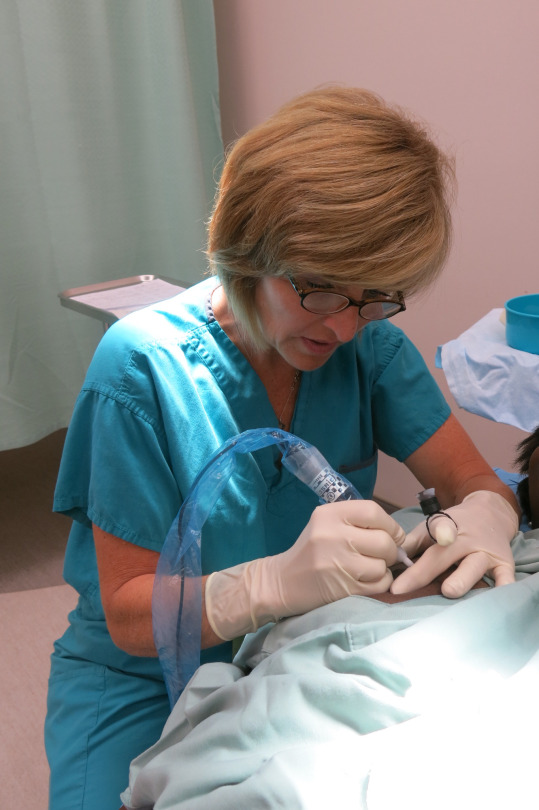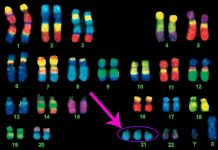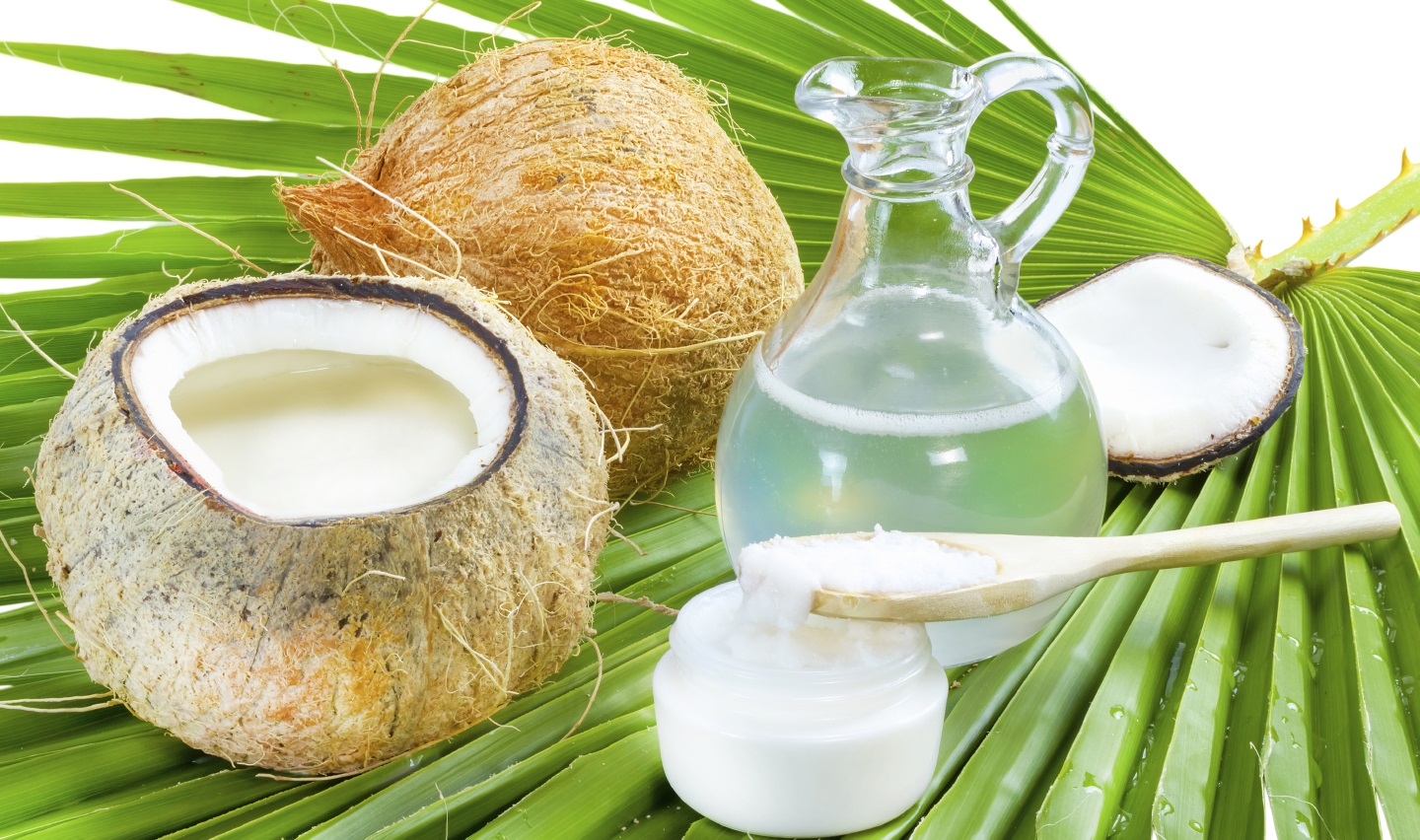For the first time in her eight-year-old granddaughter’s life, Carol Shields wasn’t able to go trick-or-treating with her on Halloween of 2013. It was hard to explain to the little girl that she couldn’t simply change her plans: Shields was having both breasts removed that day because of cancer.
For many breast cancer survivors, the so-called journey doesn’t end when treatment does: many opt for breast reconstruction. Shields did, and she wasn’t unhappy with her new breasts. But she had to admit that the mounds, as they’re called, had an odd appearance, each completely smooth without a nipple or areola, that ring of pigmented skin surrounding it.
“It really did look weird,” the 67-year-old New Westminster, B.C., resident says. “You don’t want to look like a mannequin—when you see them in stores and they don’t have clothes on, there are just plain, round breasts. The only difference is yours have scarring.”
Eagle Ridge Hospital, where Shields was treated, offered her the services of its areola tattoo clinic. It provides the final procedure for breast cancer reconstruction—tattooing a new areola to a reconstructed breast—to patients for free. Carol Shelds and her granddaughter (Courtesy)
Although Shields had never had a tattoo before, she went ahead with the procedure—and she loves her new look.
“I was just thrilled,” Shields says. “It looks like you have a normal breast. It also breaks up scarring.
“Tattooing is something I hadn’t even thought of,” she says. “And even if I had, I would never go to a tattoo parlour; I’d be too embarrassed or nervous. This just took all of that [worry] away.” She adds with a laugh: “I actually look amazing for my age.”
Operated by Eagle Ridge Hospital Foundation, the areola tattoo clinic in B.C. has provided services to more than 350 women since its inception in 2012. Earlier this year, the foundation received a Canadian Breast Cancer Foundation $50,000 Community Health Grant, ensuring that another 250 women will receive areola tattoos free of charge.
“For a lot of women, this is the icing on the cake,” says Eagle Ride Hospital nurse clinician Sandi Saunier, who does the tattooing. “They’ve gone through pain, agony, and trauma of surviving cancer and having surgery, which is always uncomfortable and time consuming and scary, but for them to come and see me—they’re wide awake and talking—and to look normal and natural afterward helps close the door.
“Every time you look in the mirror at a breast with no colour, it’s a reminder you’ve had breast cancer,” she adds. “To look natural afterward, you don’t have that stark reality every time you look in the mirror. They feel better about their body image and it’s mental closure as well.”
Saunier uses different tones for a natural look (the nipple and areola aren’t usually the same colour) and does a 3-D procedure to make a nipple and the little bumps of the areola, called Montgomery glands. (During breast reconstruction, plastic surgeons often use the patient’s own nipples or form new ones out of tissue, but these often go flat during healing, Saunier notes.)
The Eagle Ridge Hospital clinic is unique in that women don’t have to pay to have areola tattooing done, but the procedure is available across the country. Some provinces cover areolar tattooing if done by a surgeon or a physician. There are also specialized tattoo artists like Calgary’s Stacie-Rae Weir of A.R.T. – Art of 3D Areola Restorative Tattoo and Kyla Gutsche, founder of Cosmetic Transformations in Peterborough, Ont.
An ovarian cancer survivor, Gutsche says that the power of areolar tattooing is more than skin deep. It’s also empowering.
“We do not just restore features that have been lost to illness, trauma, or surgery; we restore confidence too,” she tells Yahoo Canada. “This is because the optical illusion of protrusion that can be achieved with areolar-simulation tattooing can help give the person affected by cancer the hope of looking normal and whole again. And everything involved in the process—from selecting the technician to selecting the size and colour and shape of the tattoos—gives that person a sense of power over their bodies again…This is important considering that doctors and allied health professionals have largely been making decisions for them when it came to their treatment. But reconstruction and restorative tattooing can help put survivors back in the driver’s seat, so to speak.
Cosmetic Transformations charges $500 for unilateral 3-D areola/nipple complex tattooing and $950 for bilateral. Gutsche says safety, artistry, and technique all have to be present for a natural look that will last.
“It may be hard to fathom how one or two small four-centimetre-by-four-centimetre tattoos could accomplish so much, but the single most important thing to realize is that when someone is affected by a chronic disease like breast cancer, the feelings of disempowerment or loss of control are overwhelming,” she says. Many who have undergone areolar tattooing report that it gives them renewed control over their bodies and satisfaction in their life. It is so much than a coloured nipple and areola. It can help one move from despair into hope—the hope of not having to be reminded about scarring; the hope of feeling whole again; the hope of finally moving forward in life. And hope is what paves the way towards empowerment.” (Gail Johnson-Yahoo, Canada)
Areolar tattooing can help breast cancer survivors heal physically as well as emotionally.













